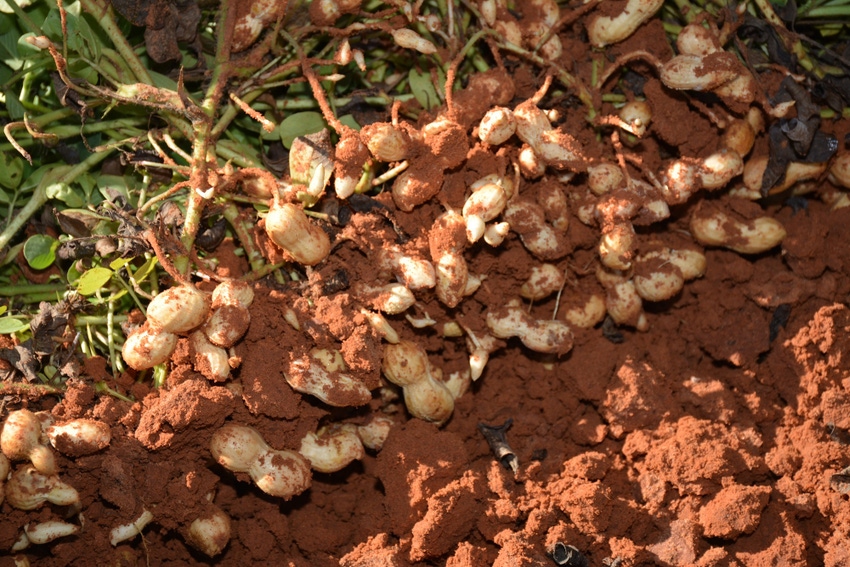September 25, 2017

Sometimes looking to the past for answers pays off.
Lower input costs and better crop protection seem to be the benefits of returning to an almost forgotten cropping practice employed by the Americas in ancient times, at least according to the results of a Texas A&M research project involving vegetable and non-vegetable plants grown in an age-old farming system involving the art and science of “intercropping,” or companion crop production.
Dr. Jose Franco, a U.S. Department of Agriculture Research Service (USDA-ARS) agroecologist who headed up the project, says the idea behind companion cropping is to create a mutually beneficial ecosystem and functionally diverse plant community to increase individual plant production.
"When we have different crops that fill different functional niches, we find diverse planting can produce more and [at the same time] decrease input costs," he told a group of producers and reporters recently at a Texas A&M University Horticulture Farm test plot in Bryan-College Station.
The study used watermelons, peanuts, chili peppers, okra and cow peas in the research project.
Franco says the advantage of intercropping, or companion cropping, was practiced successfully for generations by Native Americans, and says the system is a well-documented example of a multi-layered agro-ecosystem that was used extensively for centuries before the arrival of Europeans in the New World.
While those early Americans used what they called the "three sister crops," including squash, corn and beans for companion cropping, Franco chose to expand the demonstration utilizing the five vegetable and non-vegetable crops for the purposes of the study.
"We found that three to four species consistently yielded higher per unit land area compared to crops grown alone. In the end, we discovered we could use minimal fertilizer and no herbicides at all. The only major input we utilized was irrigation," Franco noted.
WHY COMPANION CROPS?
Researchers say peanuts and cowpeas are legumes, which fix nitrogen from the air and supply it as nitrates to the companion plants within the system. Watermelon plants helped to control weeds and to conserve soil moisture, he said, and the chili peppers helped in controlling pests in the plot.
Dr. Joe Masabni, AgriLife Extension small acreage horticulturist who also participated in the project, says he has no idea how early Americans discovered intercropping systems, but says the study proves that not only did they understand the benefits, but intercropping shows promise for improving modern vegetable cropping systems as well.
Also providing oversight and research in the project were Dr. Astrid Volder, former Texas A&M University faculty and current University of California at Davis plant physiologist, and Dr. Stephen King, a former professor and vegetable breeder with Texas A&M department of horticultural sciences at College Station.
"The results are encouraging because we proved you can get better yields if you choose the right crop combinations of nitrogen fixing legumes, tall plants and smother crops," Franco said.
Researchers tried various cropping designs, some including all five plants in the same row and others utilizing various combinations in alternating rows. While results were mixed, the five companion crop system indicated that a marked improvement is possible over more traditional cropping systems used in modern times.
Franco said after trying several designs, he believes intercropping with three or four plant varieties seems to provide the best results and benefits. He also noted crop combinations without the chili peppers provided better results. He also noted that plant densities were kept constant across the plots regardless of species to produce the best results, and individual plants needed to be spaced about 12-inches apart in a staggered row pattern so each plant was neighbored by an individual of a different species.
While Franco says the project was intended only to represent a model system, he believes the results support the idea that intercropping of the right companion crops can be utilized in larger and commercial farming operations to provide a better and a more ecologically-minded system with positive results for producers.
You May Also Like




